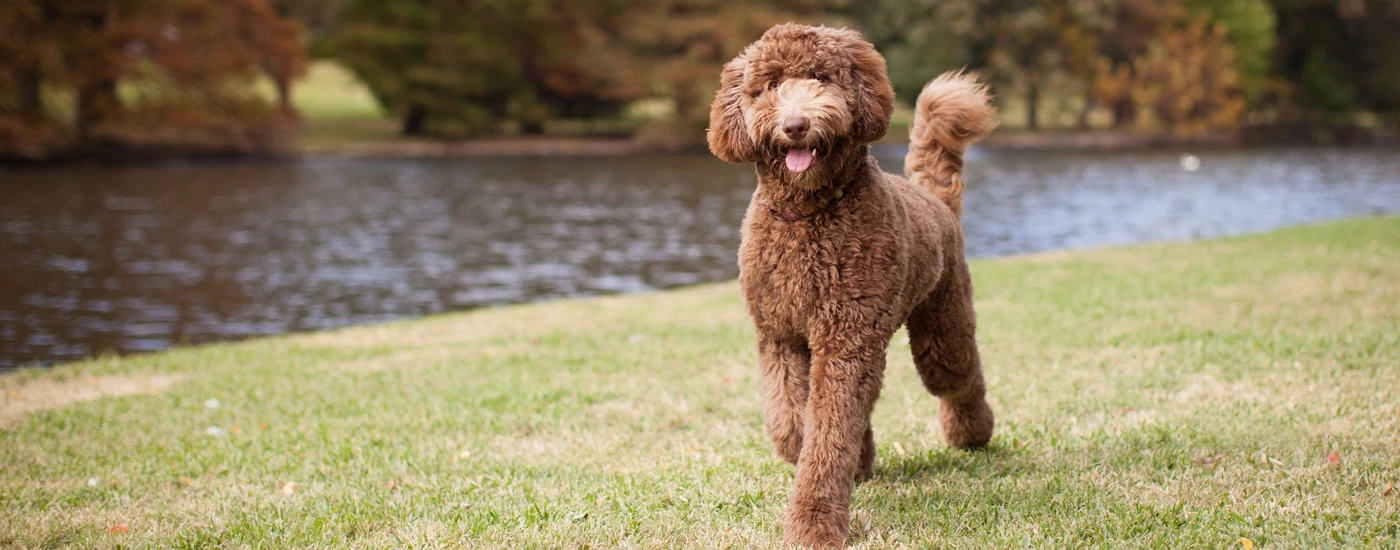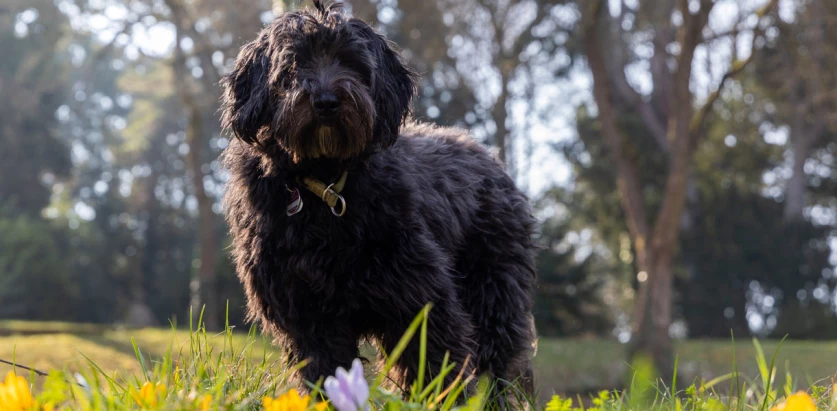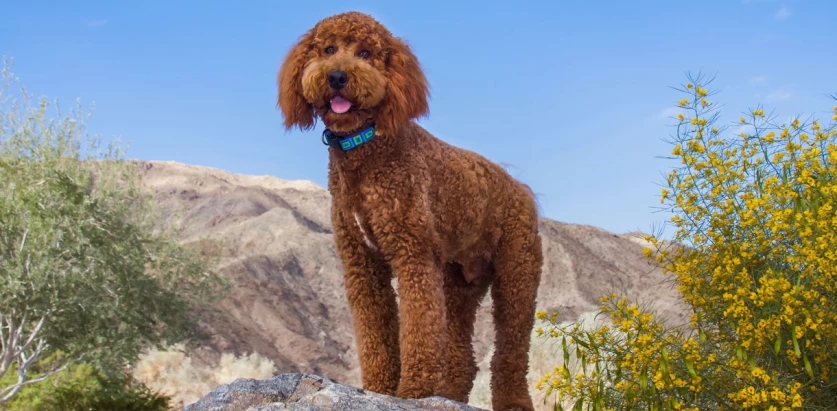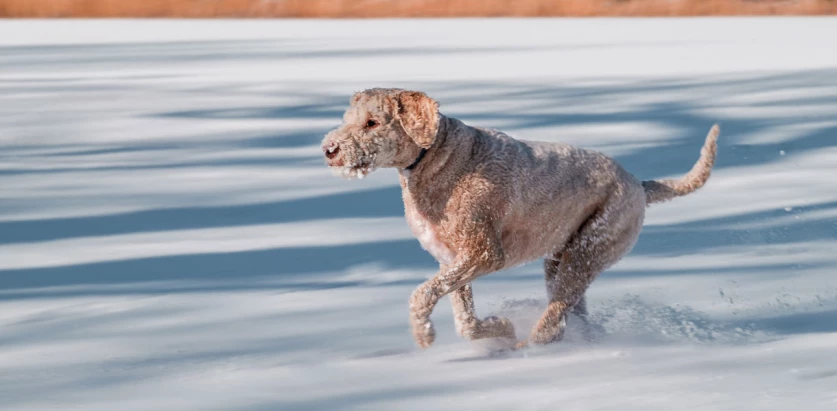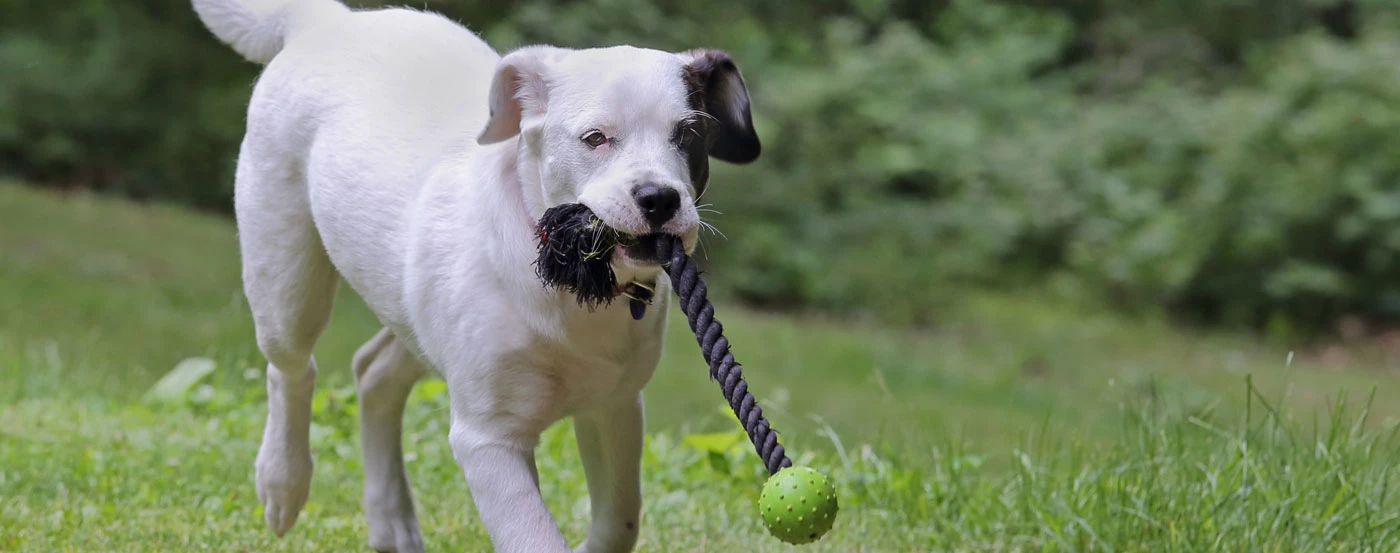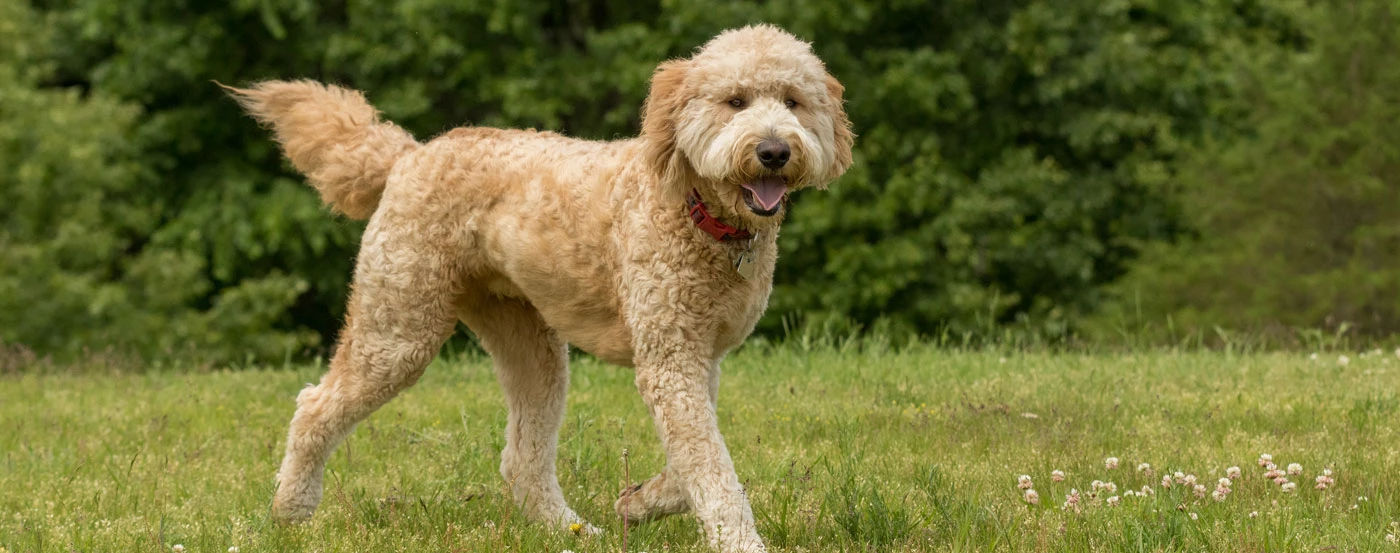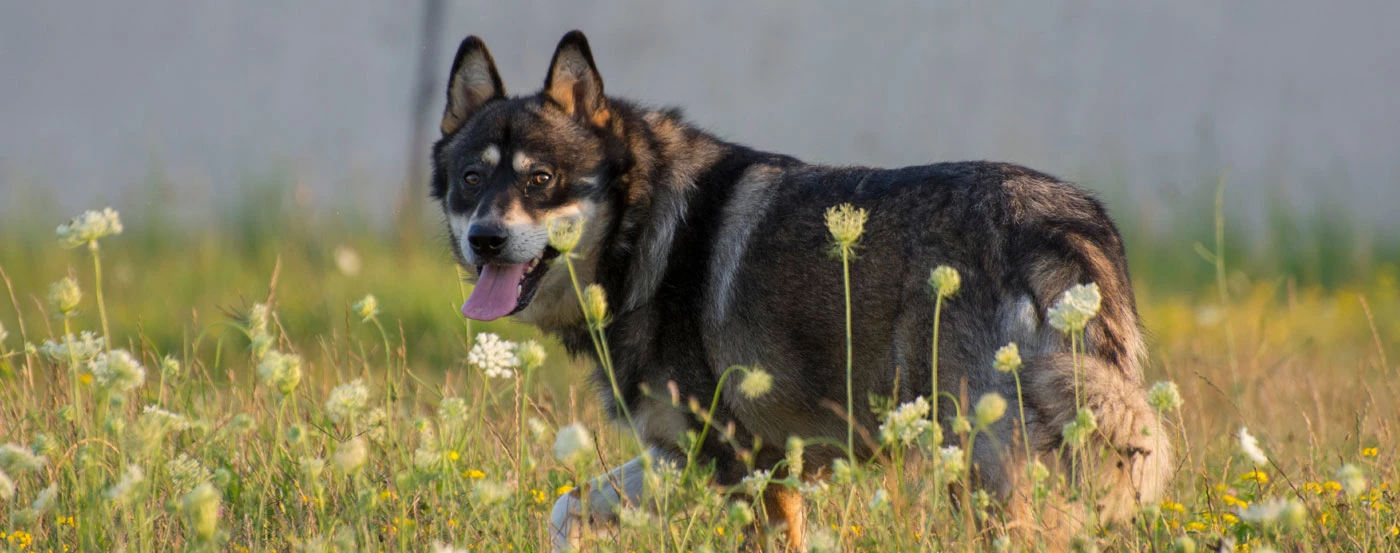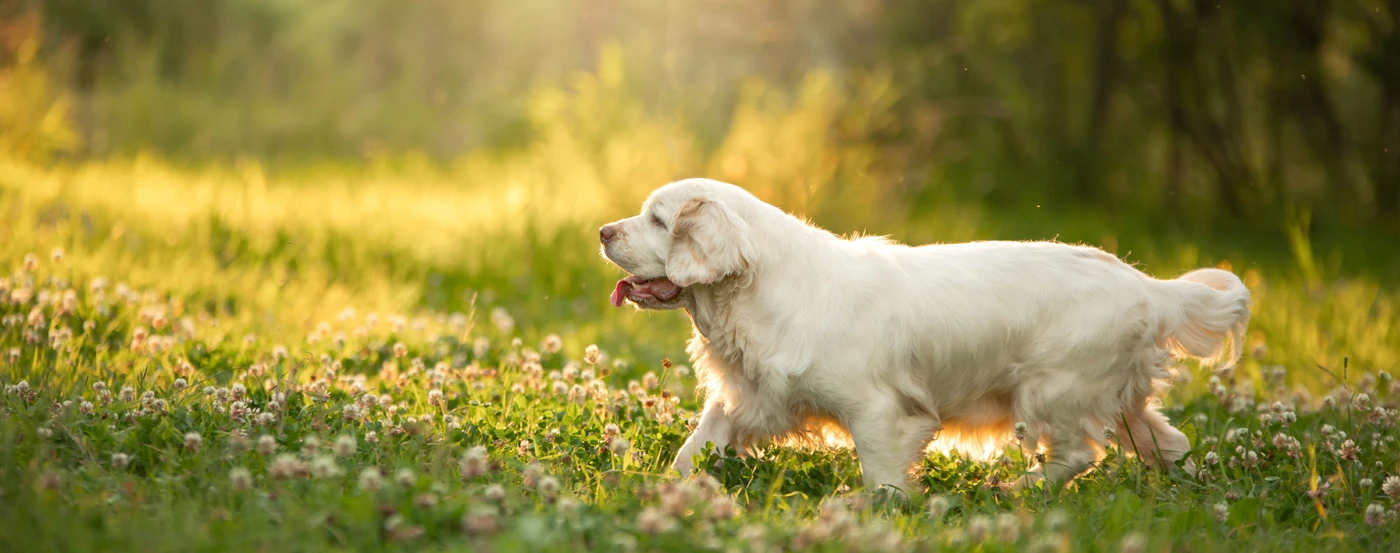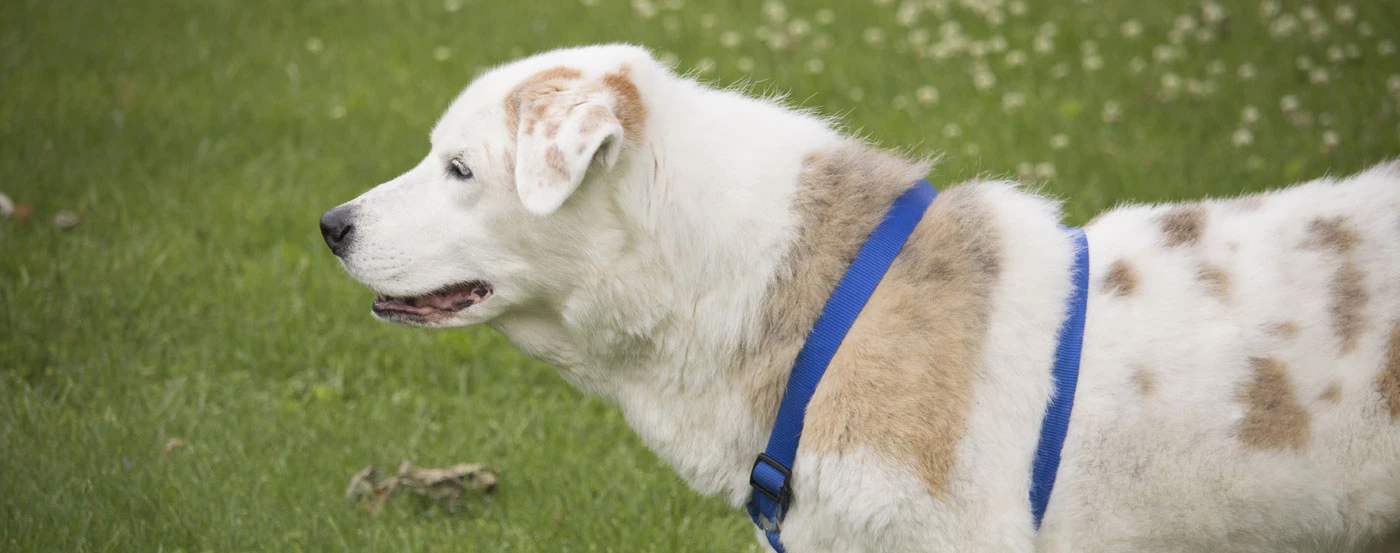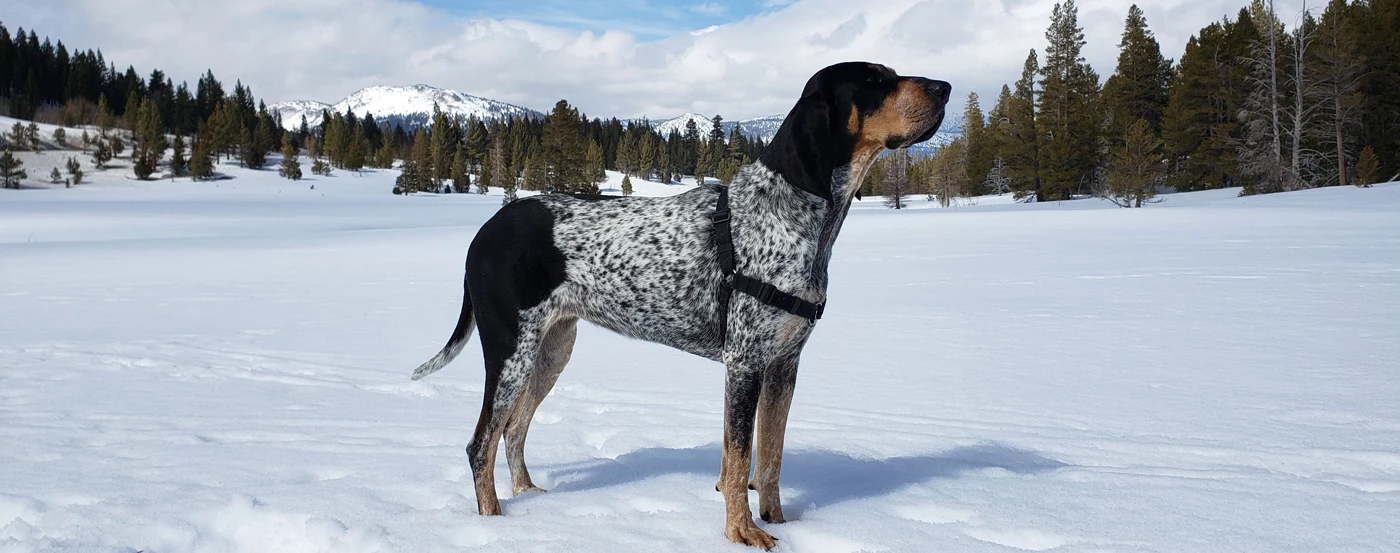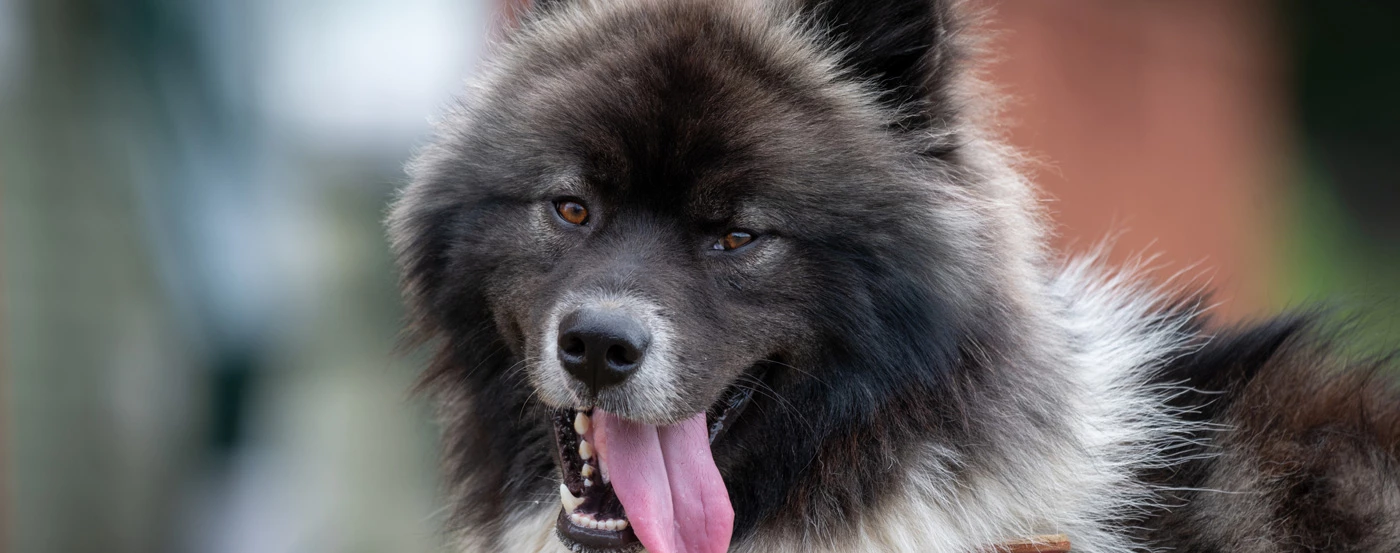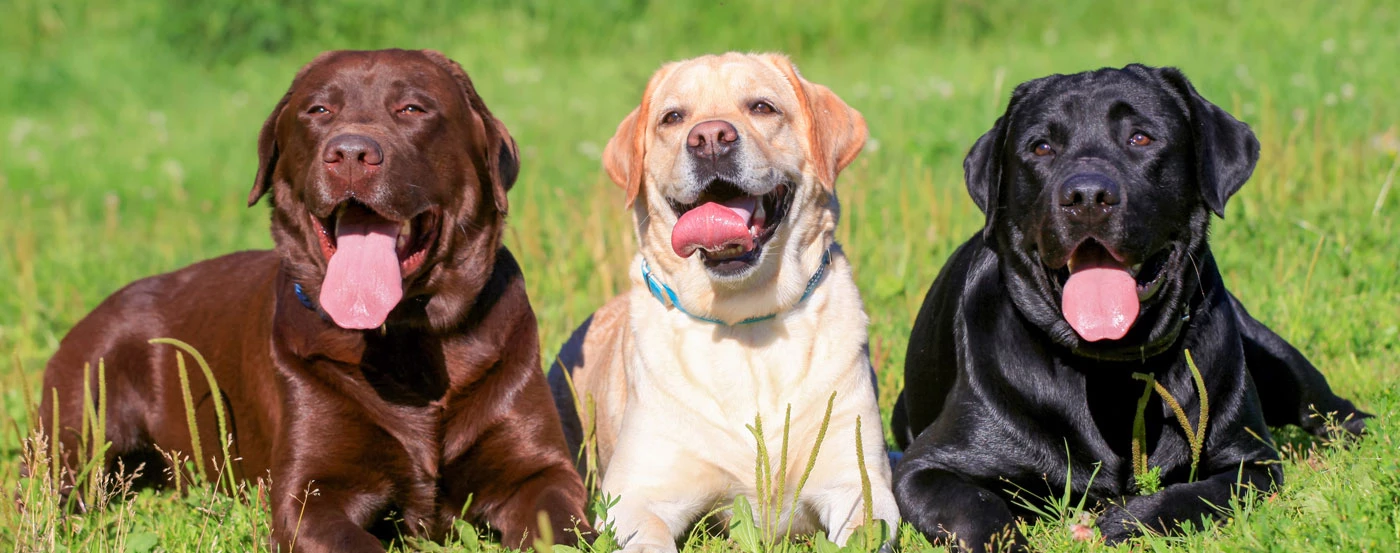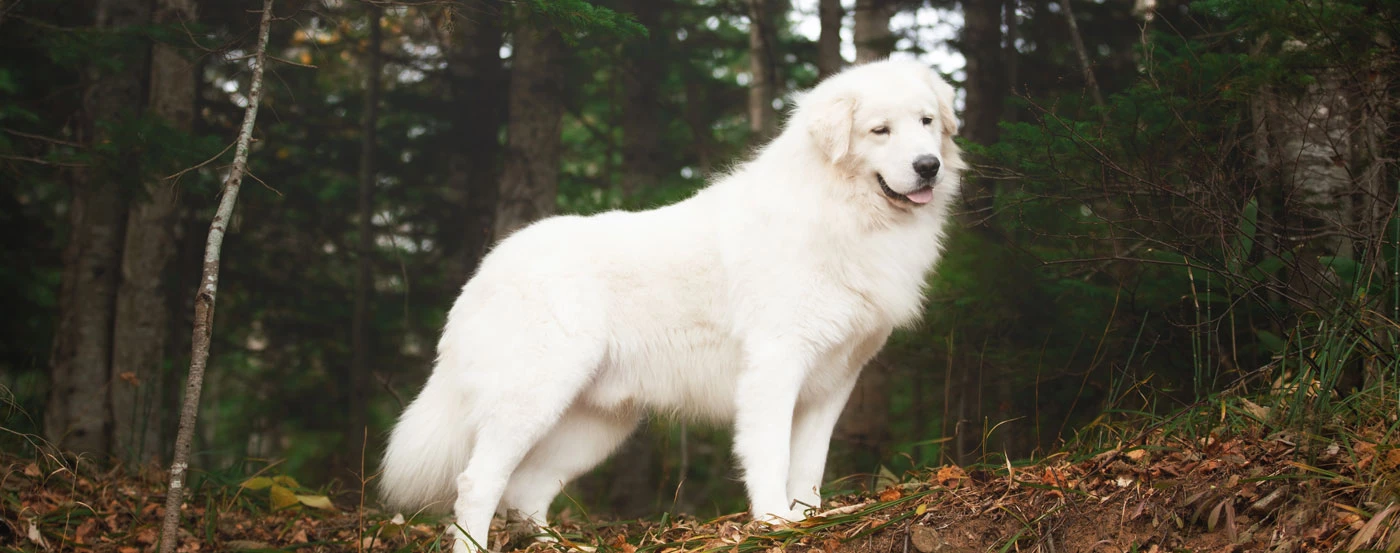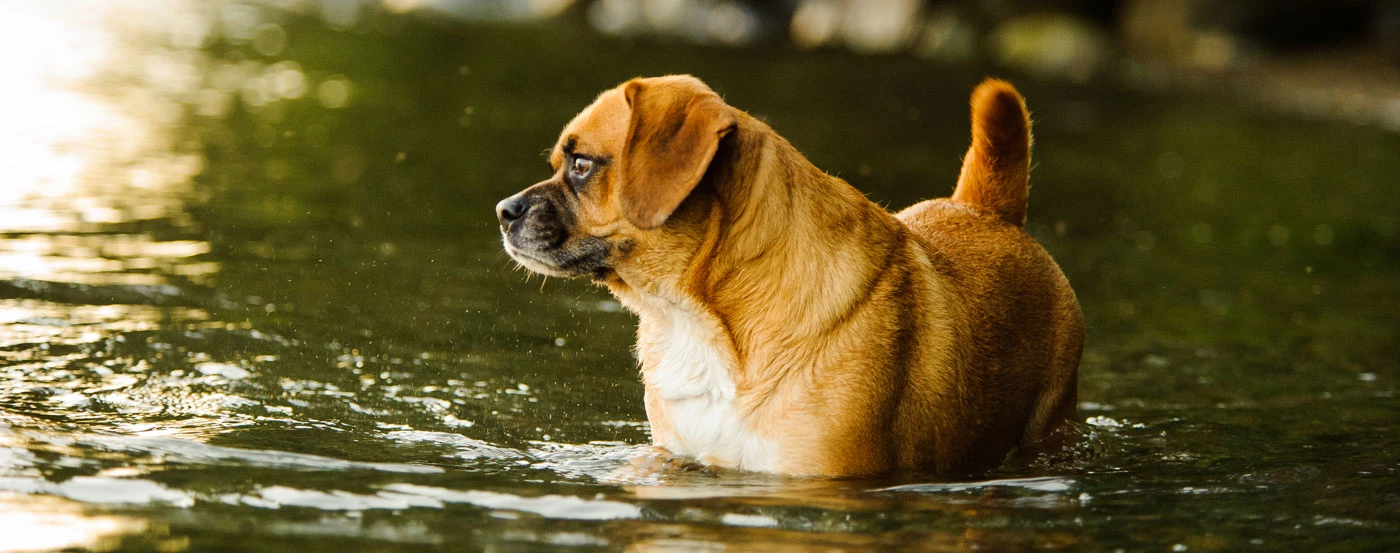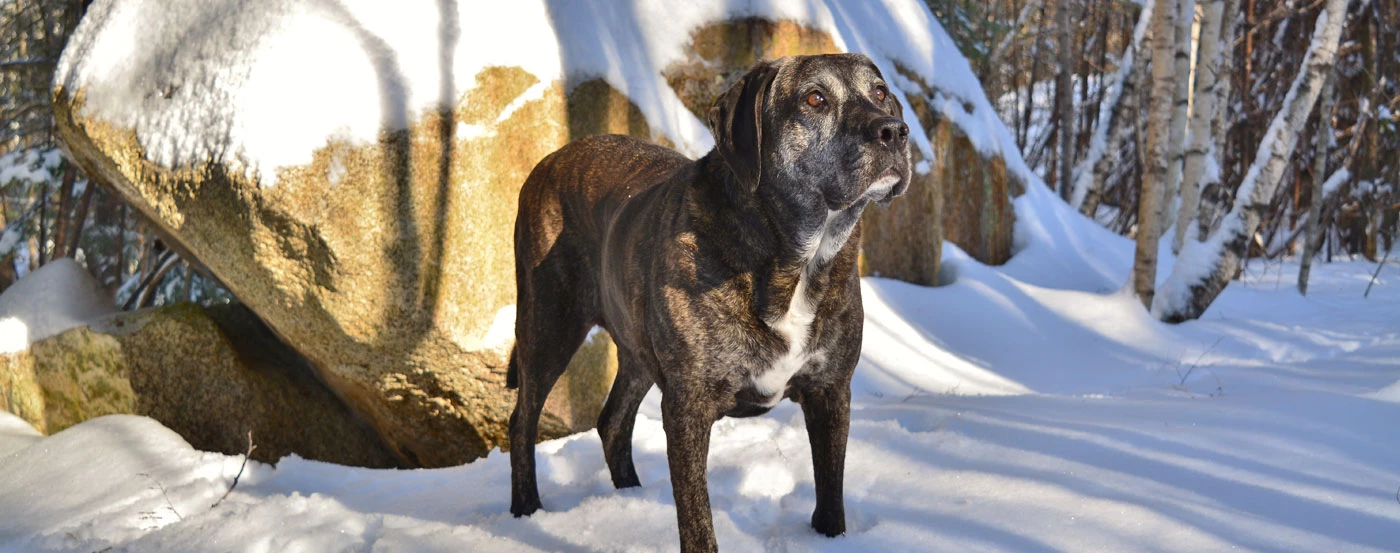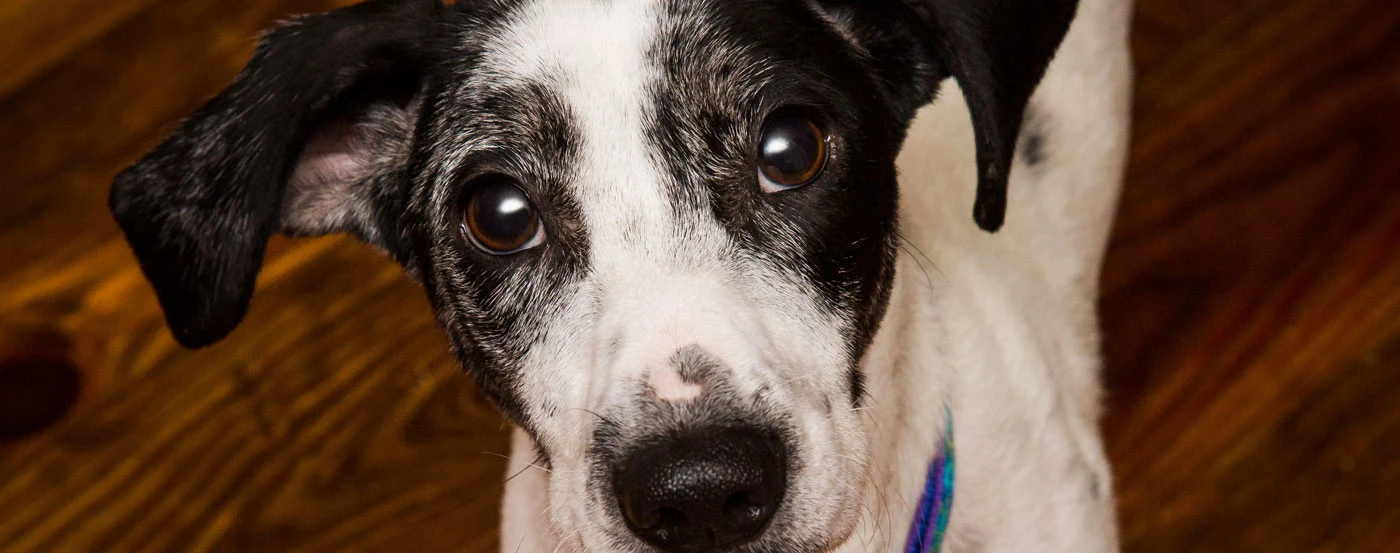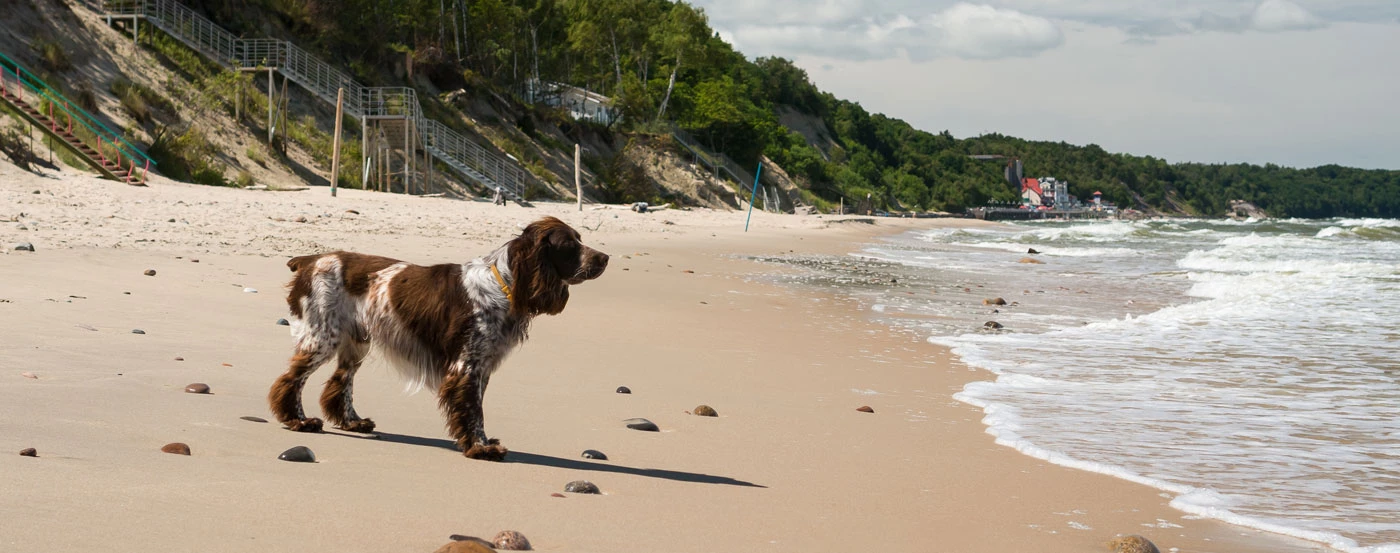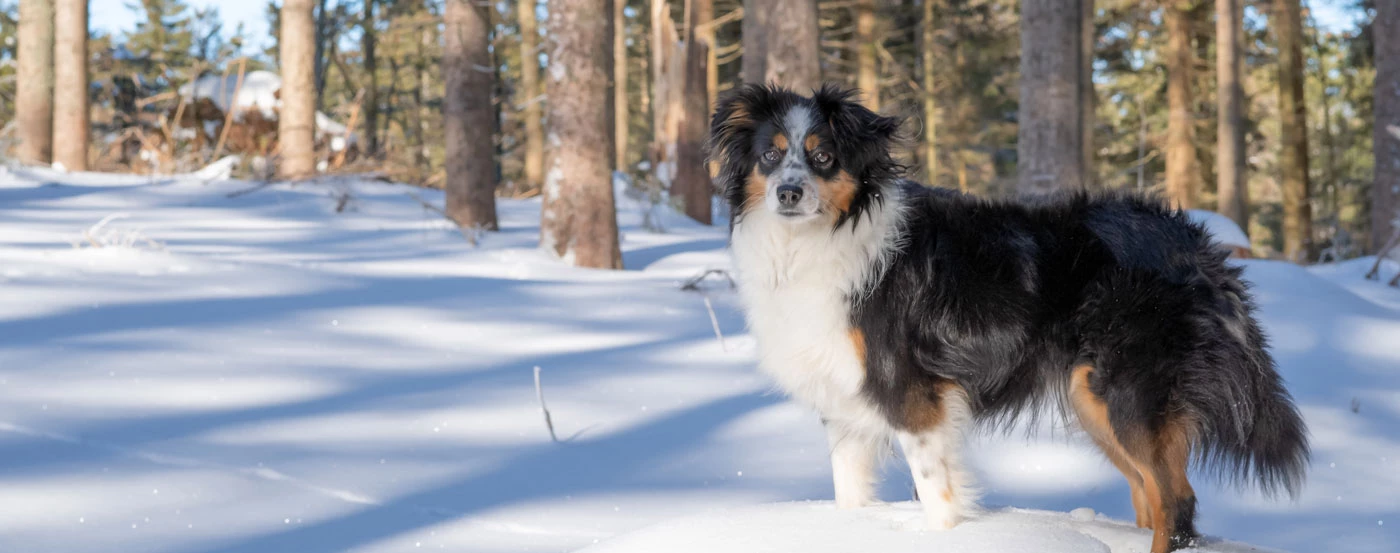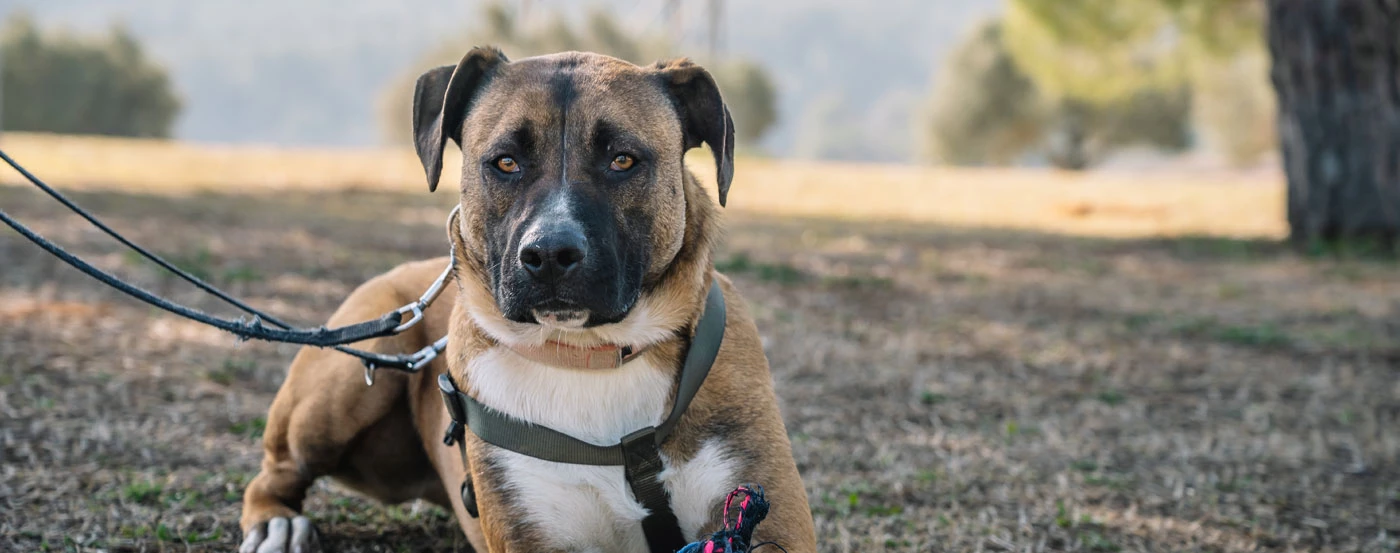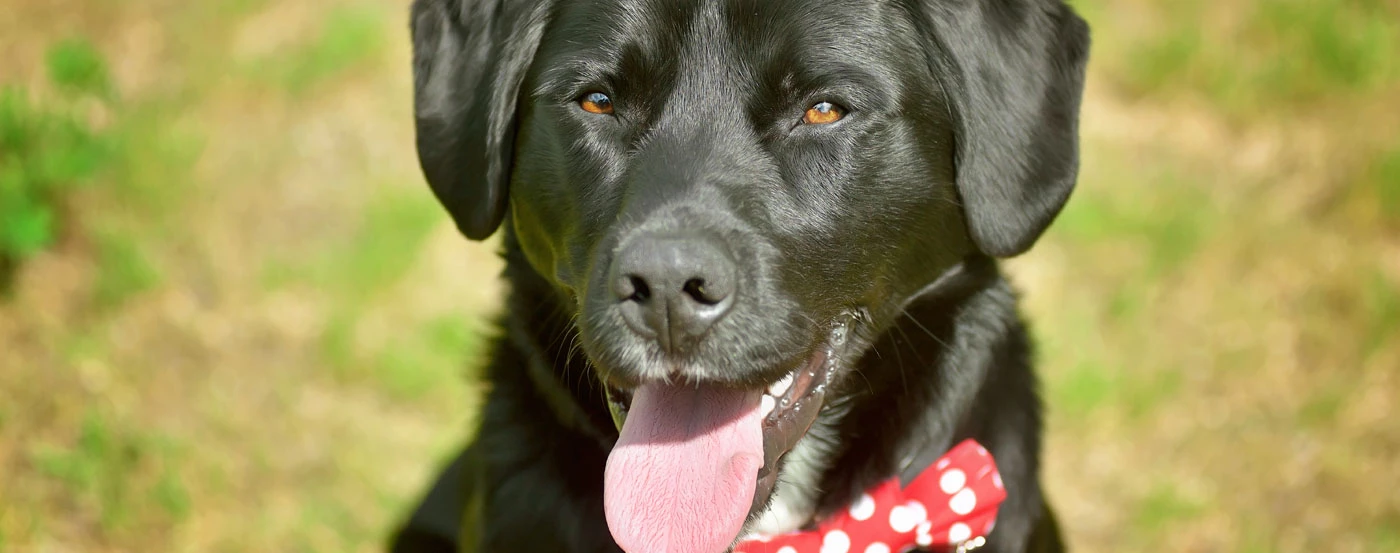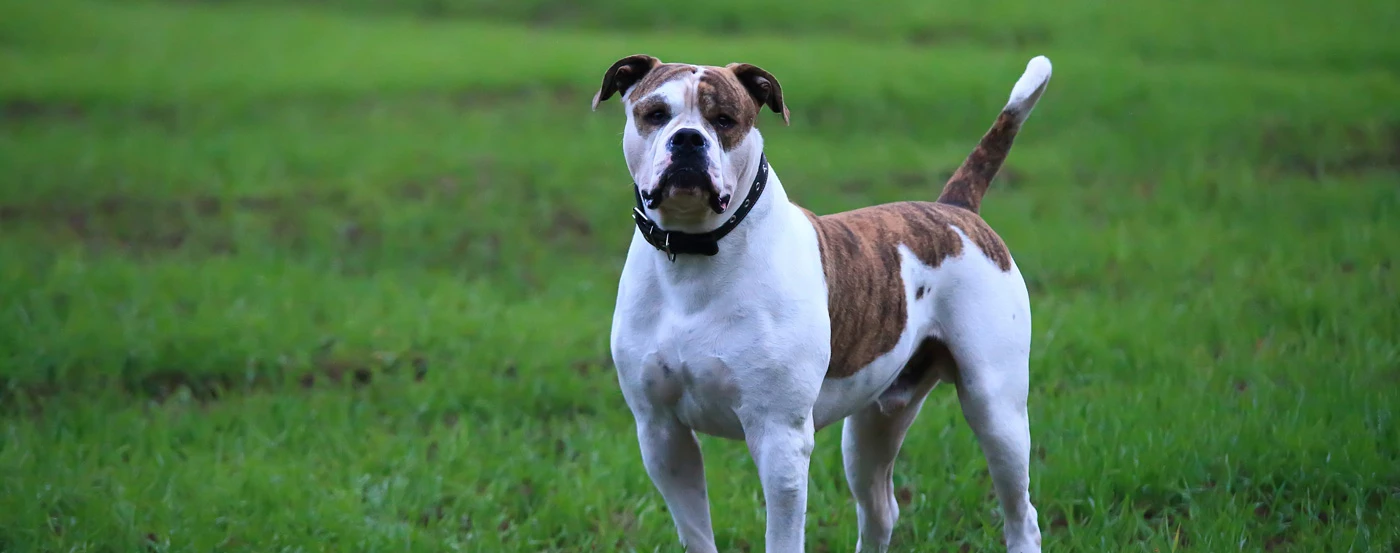About the Labradoodle
As any dog owner will know, there's nothing quite like hearing the pitter-patter of puppy paws in your home. If you're searching for a wonderful family pet, look no further than an Australian Labradoodle!
Labradoodles are curious and cuddly companions, which thrive with lots of stimulation and attention.
We've put together a complete guide to Labradoodles, containing all the must-know info for prospective owners. Look no further for important breed information, from grooming tips to character traits!
Labradoodle Gallery
What is the history & origin of the Labradoodle?
A Labradoodle is a first-generation hybrid breed. It is the result of breeding between a Labrador Retriever and a Standard Poodle and was originally bred in Australia.
In the 1980s, Wally Conron of the Royal Guide Dogs Association of Australia wanted to create the perfect hypoallergenic guide dog- and the Labradoodle was born.
Though all 33 of Conron's original cheeky puppies failed the Guide Dog Training Programme, the programme birthed a beautiful new breed (which is recognized by the Australian Labradoodle Association).
With their calm temperament and teddy-bear coat, Labradoodles have become one of the most sought-after dog breeds.
Who are Labradoodle dogs best for?
Families
Because of their sociable nature, Labradoodles flourish in busy family environments. This means that they are better suited to a multi-person household than a single person.
Allergy Sufferers
Labradoodles have three different types of coat: wool (curly), fleece (wavy), and hair (more or less straight). Wool coats are hypoallergenic, making some Labradoodles perfect if you suffer from allergies. Disclaimer: Labradoodles with wavy or straight hair may still shed.
People Looking For Companionship
A Labradoodle's gentle and loving nature makes it the perfect companion dog. These friendly dogs are commonly bought by people with autism and mental health issues, as well as the blind and deaf.
How much grooming does a Labradoodle need?
As mentioned above, there are three types of coats found on Australian Labradoodles. The coat type will determine how much your dog sheds, as well as the grooming it will need. The three coat types are:
Wool: Wool coats consist of soft and tight curls, inherited from a Labradoodle's Poodle genes. A wool coat won't shed dog hair.
Fleece: Some Labradoodles have looser, free curls in the middle between tight Poodle curls and straight hair. A fleece coat can still shed, meaning it may set off your allergies.
Hair. Some Labradoodles have a coat that more closely resembles their Labrador Retriever parent. A hair coat is straight or slightly wavy and will shed like a Labrador's.
Labradoodles must be brushed regularly to prevent knots from forming. However, they only need to be washed when they get very dirty (think: rolling in mud or splashing in a dirty puddle).
Nail clipping will also be a necessary part of your Labradoodle's grooming process.
Do Labradoodle bark much?
Although Labradoodles love to communicate with their owners, they are considered mild-barkers. With the right training, barking shouldn't pose an issue.
Do Labradoodle bite?
If your Labradoodle is exhibiting undesirable biting behaviour, it's important to understand the root cause. Here are some of the most common explanations for Labradoodle biting:
Teething
Socialization
Over-excitement
Health issues
Exploration of surroundings
Fear
Teething
It's common for Australian Labradoodle pups to exhibit a fair amount of biting, though this should stop once your pet reaches 14 months.
If your puppy is teething, try providing it with a frozen chew toy or frozen carrot. This will provide a bit of pain relief and allow your dog to self-soothe using their toys.
Play and Sensory Exploration
From biting their mother to asking for milk, puppies explore the world using their teeth. To minimize unwanted nipping, try stimulating your pet with puzzle toys, new smells, and different textures. Socialization with other dogs can also help.
If your dog's nipping turns to biting and growling while you play, it means that over-excitement has turned into aggression. Avoid this by ensuring that most of your games are on the calmer side.
When it comes to biting training, consistency is key. With clear training, your Labradoodle should grow out of its puppy-biting behaviour.
What is the temperament & personality of a Labradoodle?
Though different pups have different personality traits, Australian Labradoodles are typically sociable and affectionate dogs. They have a lot of love to give, making them well-suited to families!
Their high intelligence means they need lots of training and stimulation to thrive. From puzzles to complex games, Labradoodles love to be challenged.
Like Labradors, they are generally calm dogs. In a healthy environment, they aren't usually aggressive.
Despite its teddy-bear appearance, an Australian Labradoodle is a high energy dog. Therefore, a typical Labradoodle requires lots of exercise.
What is the weight & size of a Labradoodle?
Standard Labradoodle puppies typically weigh between 7 and 12 pounds by the time they reach two months. Miniature Labradoodle pups, on the other hand, weigh between 4 to 7 pounds.
You can estimate your puppy's adult size by using the 'Double Up' formula. A puppy's four-month-old weight is generally half of its adult weight. So if your Australian Labradoodle puppy weighs 15 pounds, it should weigh around 30 pounds as an adult.
Because they are a hybrid breed, Labradoodle size is difficult to predict. Looking at the size of your puppy's parents can give you some indication.
How much training does a Labradoodle need?
Because Labradoodles are such an intelligent breed, training is crucial. Here are some top tips for training an Australian Labradoodle:
Consistency is key. If your training lacks consistency, your dog will be confused. For best results, make sure to use consistent commands and reward your Labradoodle in the same way each time.
Challenge them. Because Labradoodles are highly intelligent, they love to be mentally stimulated. Consider purchasing puzzle toys for your pet or making your own by hiding treats inside their existing toys. The trickier the challenge, the better!
Try using a lead. If your dog won't obey commands around the house, try using the lead as a training aid. This will allow you to prevent your dog from jumping up at guests or onto furniture. After enough consistent training, the lead will no longer be required.
What are some of the most common health issues for a Labradoodle?
Like all hybrid dogs, Labradoodles are susceptible to certain health problems that are inherited from their parents' breeds. These include:
Elbow dysplasia and hip dysplasia
Eye disease (progressive retinal atrophy)
Von Willebrand's disease
Bleeding disorder
Reputable Australian Labradoodle breeders should disclose any family history of illness with you before you buy a dog. Purchasing pet health insurance will also help you avoid a nasty financial surprise if your pet becomes unwell.
What is the lifespan of a Labradoodle?
The average Australian Labradoodle lives between 12 and 15 years.
On an individual basis, a dog's lifespan is determined by a combination of genetic and lifestyle-related factors. Ensuring your dog receives optimal nutrition and exercise can extend its life significantly.
How much should you feed a Labradoodle?
There are a few different feeding options available to Labradoodle owners. These are:
Kibble: Dry food is the most popular food choice for dog owners. It is cost-effective and usually contains most of the nutrients a pup needs.
Wet Food: Wet food is usually made up of canned vegetables and meat.
Cooked Food: Many owners prefer to make their own dog food by cooking up meat and vegetables themselves. If cooking your Labradoodle's feed, ensure you're clued up on the foods dogs can't eat (like onion, garlic, tomatoes, and much more).
To ensure variety, diversifying your dog's food is a good idea.
What is the price of a Labradoodle in Australia?
Labradoodles are what's known as a designer breed. This means that their prices can vary depending on where you live. For a Labrador-Poodle mix, you can expect to pay between $3,000 and $6000. The figure will vary depending on colour, size, and sex.
When buying one of these designer dogs, be wary of puppy mills, which offer very low prices but breed in unethical conditions. Buying from a reputable Labradoodle breeder will ensure you get what you've paid for.
Pros
- Loves to play
- Great with kids
- Superb working dog
Cons
- Need lots of exercise
- Can be very expensive
- Easily gets separation anxiety
